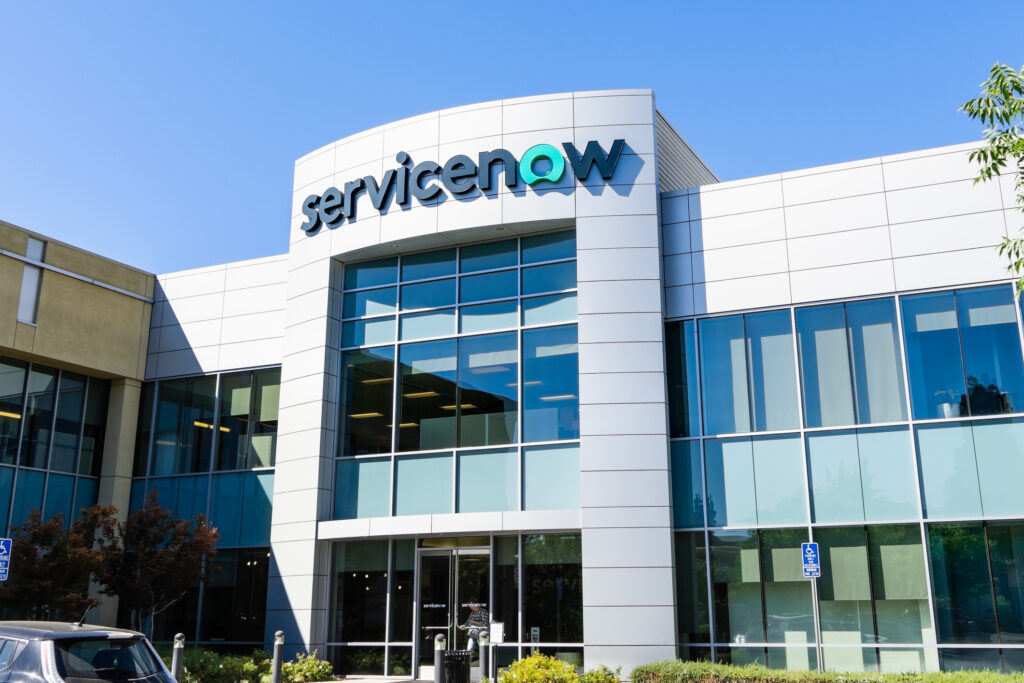“Hyperautomation is irreversible and inevitable. Everything that can and should be automated will be automated”.
That’s the opinion of Brian Burke, research vice president at Gartner. Hyperautomation is simply no longer a niche technology, or a luxury only a few forward-thinking organizations can afford. In April 2021, Gartner predicted that the worldwide market for technology that enables hyperautomation will reach $596.6 bn this year. For businesses in any sector, it is rapidly becoming a question of survival.
But what will hyperautomation really mean to companies in 2023 and beyond? The prospect of automating absolutely everything is compelling, but how does new technology help us achieve it – and where do people come in? People are the key to successful hyperautomation, and collaborative development programmes are crucial to helping organizations deliver results, whilst avoiding the many pitfalls companies can face when harnessing such technology.
The benefits of hyperautomation
Before considering how to make the most of hyperautomation, it’s important to understand the benefits it can bring to an organization. It gives enterprises a tangible opportunity to make cost savings as a result of improved internal processes. Gartner predicts that organizations can slash operational costs by up to 30 percent over the next three years, via technologies such as a combination of Robotic Process Automation (RPA), machine learning (ML) and artificial intelligence (AI), allowing companies to automate in processes which were not previously possible.
It also offers the chance to achieve operational excellence and streamline processes across the entire business, allowing companies to run at peak operational efficiency. Benefits can include growing revenue while taking time-consuming repetitive tasks away from employees, and allowing organizations to monitor and analyze newly automated tasks, offering more accurate insights and forecasts.
Most importantly, it offers businesses the chance to automate unnecessary manual tasks and therefore empower staff to accomplish more. That’s why collaborative development and putting employees at the heart of hyperautomation is so important.
The three-fold approach to hyperautomation
The key to successful hyperautomation is delivering actionable integrated data. Companies that fail to hyperautomate do so due to fragmented data and isolated systems. Data has to be put into the hands of the employees within the workflow; that means integrating modern and old systems rapidly.
To avoid this pitfall, one requires a three-fold approach. First it needs a business strategy that states unequivocally that the business will automate the enterprise as much as is reasonably possible, focused on deriving insight and executing at scale. Secondly, it requires an end-to-end approach to automation, leveraging a single view of processes and tasks to continuously optimize. And, finally, it must include a people-first mentality to fundamentally change and enhance how people work, to improve their experience, and their impact on the business in a positive way.
While this seems straightforward, companies are facing increasingly complex business challenges in a rapidly changing macroeconomic environment, such as increased pressures relating to costs and productivity. Businesses also need to ensure flexibility and resilience to cope with rising costs due to inflation and supply chain disruptions arising from geopolitical risks. Enterprises are also having to promptly respond to frequent reviews and increased complexity, such as regulatory compliance and oversight.
Why ‘people-first’ matters
In addition to these external challenges, organizations can face hurdles relating to their own technology. Many organizations have been investing in technology modernization for years, resulting in many disparate automation approaches happening in various areas of the business. This has created individual ‘islands’ of automation. Each is fragmented and hindering the automation of the whole. As a result, the gaps in each business process cannot be filled.
For example, it could mean that an automation approach only automates detailed tasks, and process mining can find areas for improvement. But this does not promote business transformation. In addition, the challenge is that while various applications are being used to automate, different development platforms have become disorganized and the work of the IT department is not being automated, increasing the burden on employees.
This is why a people-first approach is so crucial. As businesses today continue to face a talent crisis, the Gen Z demographic entering the workforce as low-code collaborative developers will provide companies with a viable solution to drive hyperautomation.
This approach allows companies to overcome one of the key pitfalls of hyperautomation – employees fearing that they might be replaced, and organizations fearful that they don’t have the skills or experience to implement automation on such a vast scale. By empowering staff to engage with a collaborative development programme in this fashion, employees can be directly involved in improving their lives.
By removing the tedious, repetitive tasks, employees can usher in an era where they can focus their time on improving services for customers, tailoring new products based on available data, and kickstarting innovation and digital transformation.
Making low code work
With a low-code digital automation platform, enterprises can eliminate complexity by enabling low-code automation by anyone, while retaining full governance by IT. With low-code app development, system integrations with legacy ERP systems and RPA automation all being done on a single platform, companies can unleash innovation and empower the business and IT to work together. The siloed islands of automation and data become eliminated, connecting people, processes, and the technology that they rely on, all onto a single platform.
If harnessed correctly, a low-code digital automation platform will enable low-code application development, empowering businesses to modernize their ERP systems. For example, a military logistics agency last year successfully launched an agency-wide citizen developer programme that empowered all of its employees, outside of IT, to automate mission activities with low-code application development. Within months, employees built and deployed mission focused solutions, such as Contract Management Approval (CMA) apps.
Within our company, low-code technology has allowed collaborative developers in lines of businesses to embrace building software apps helping IT with an expanding backlog and providing end-users with compelling experiences. Around 100 new apps have been built and deployed so far in 2022 at ServiceNow. Of those, around 68 percent were deployed by collaborative developers.
For a collaborative development programme to be effective there needs to be governance and guardrails in place. A framework for collaborative development has five simple steps:
- Enrol: The first step is for potential collaborative developers to submit their idea.
- Evaluate: Then the developer will connect with IT to evaluate the idea.
- Enable: If approved, the employee will go through training and once completed earn a badge as proof.
- Develop: Only after these steps does a collaborative developer begin building, testing and iterating.
- Deploy: Once the app is ready for deployment, IT will help with the change management process and deploy it in production.
This scalable low-code collaborative development framework enables all employees in companies to create ideas for apps to support their work and assist them in working more efficiently. It will also ensure the proper security standards are in place and that businesses do not have employees building duplicative apps throughout their organization.
The collaborative approach
Taking a low-code, collaborative approach delivers benefits across the organization – not least to staff, who are offered the chance to be the change within their organization, rather than fearing or resisting it. This people-first mentality improves the employee experience, and allows staff to change their impact on the business. Combined with an end-to-end approach to hyperautomation, and a clear strategy promising to automate everything, it will deliver the efficiency and revenue gains, plus the data which can power innovation and business transformation going forward.





